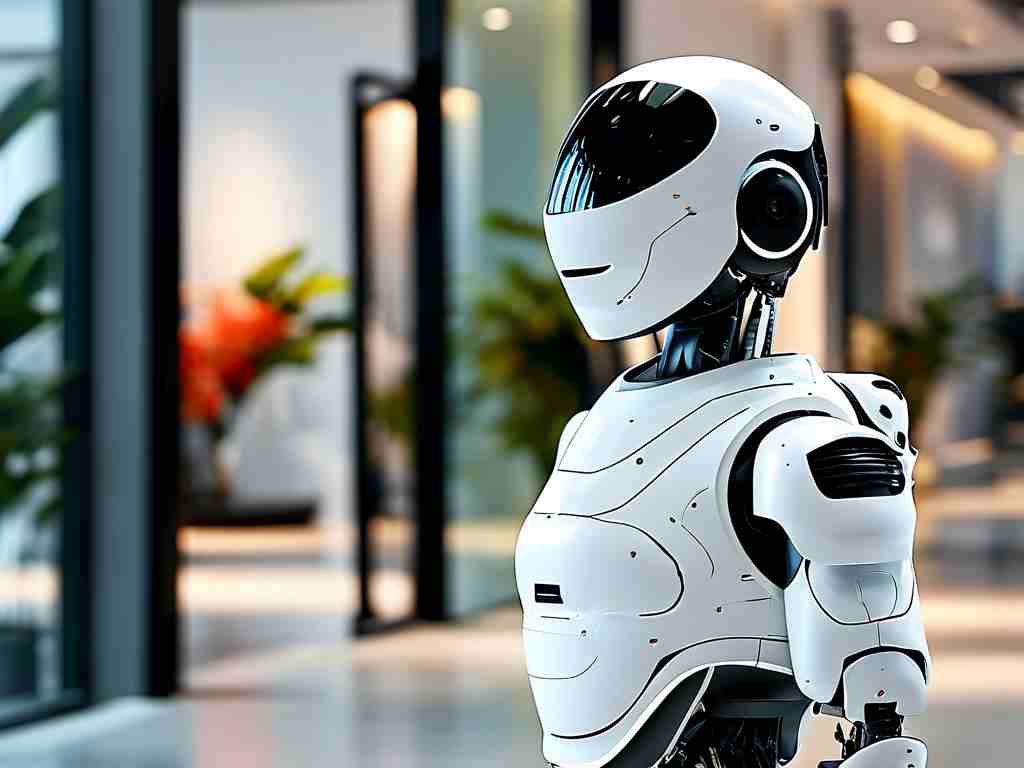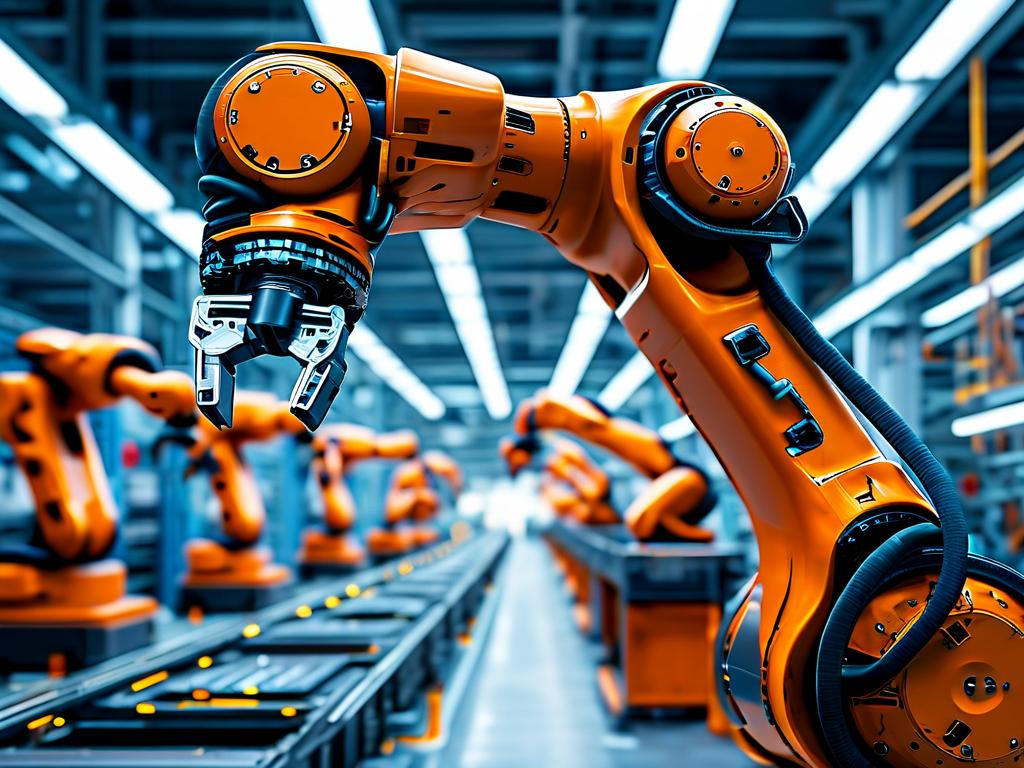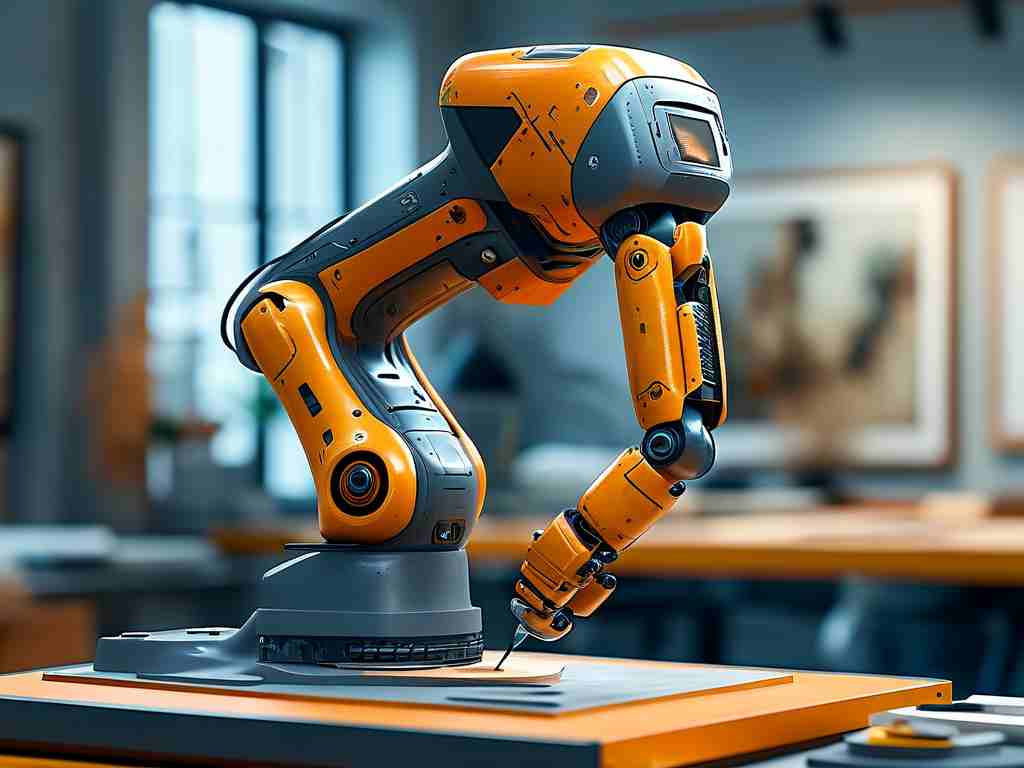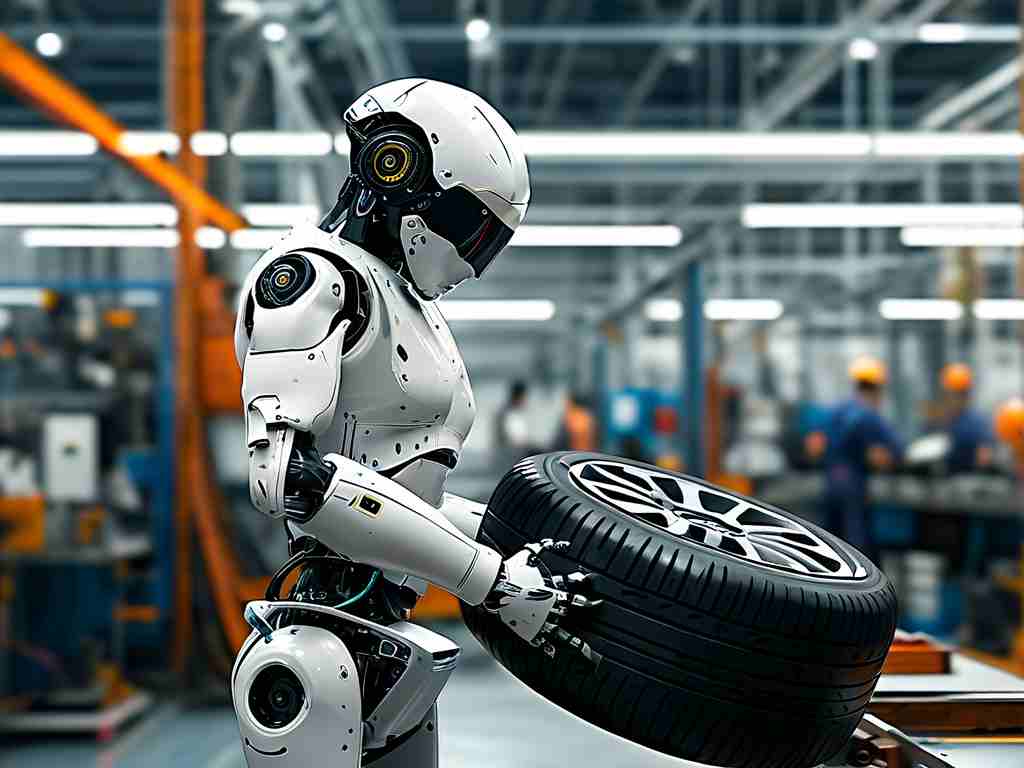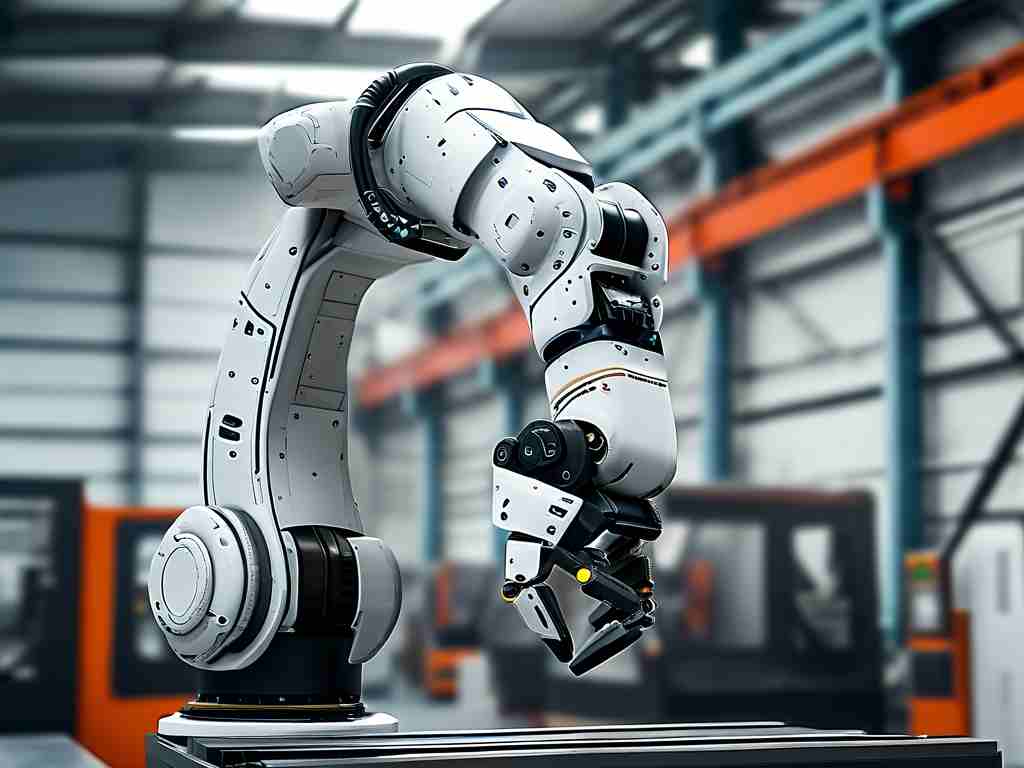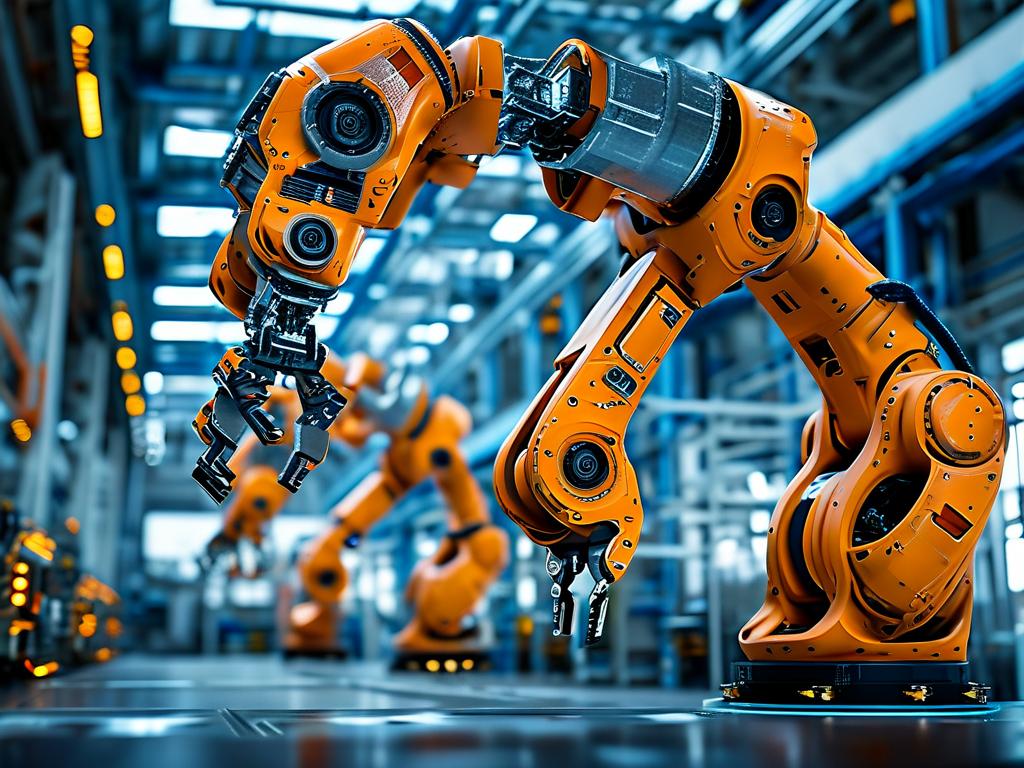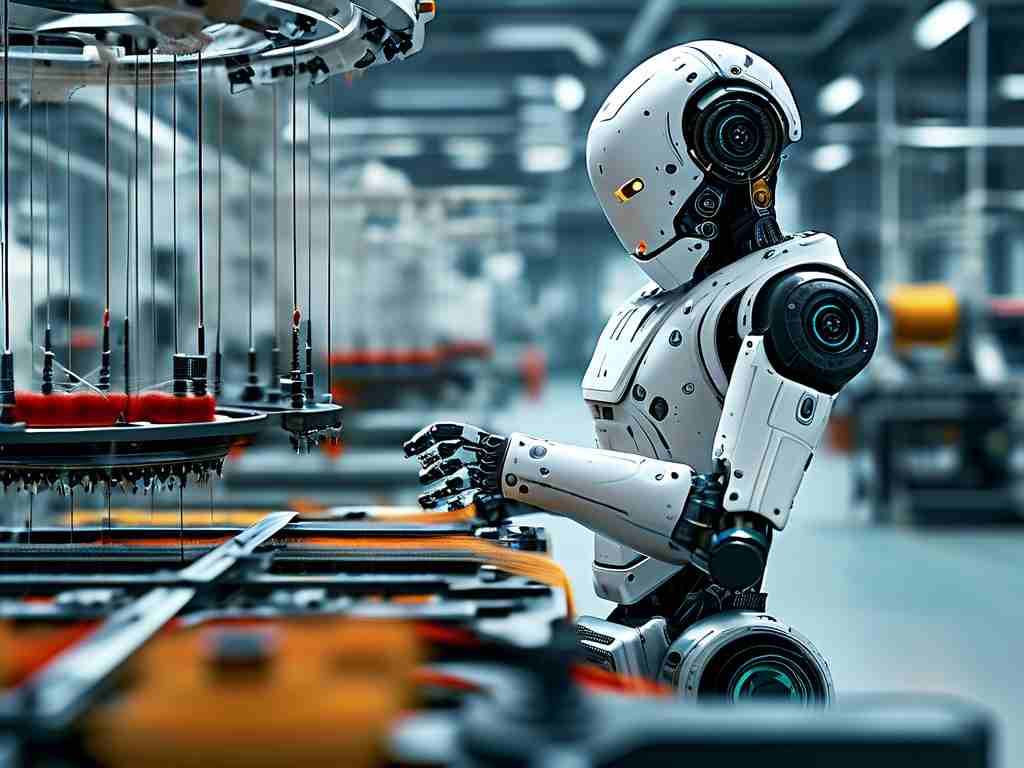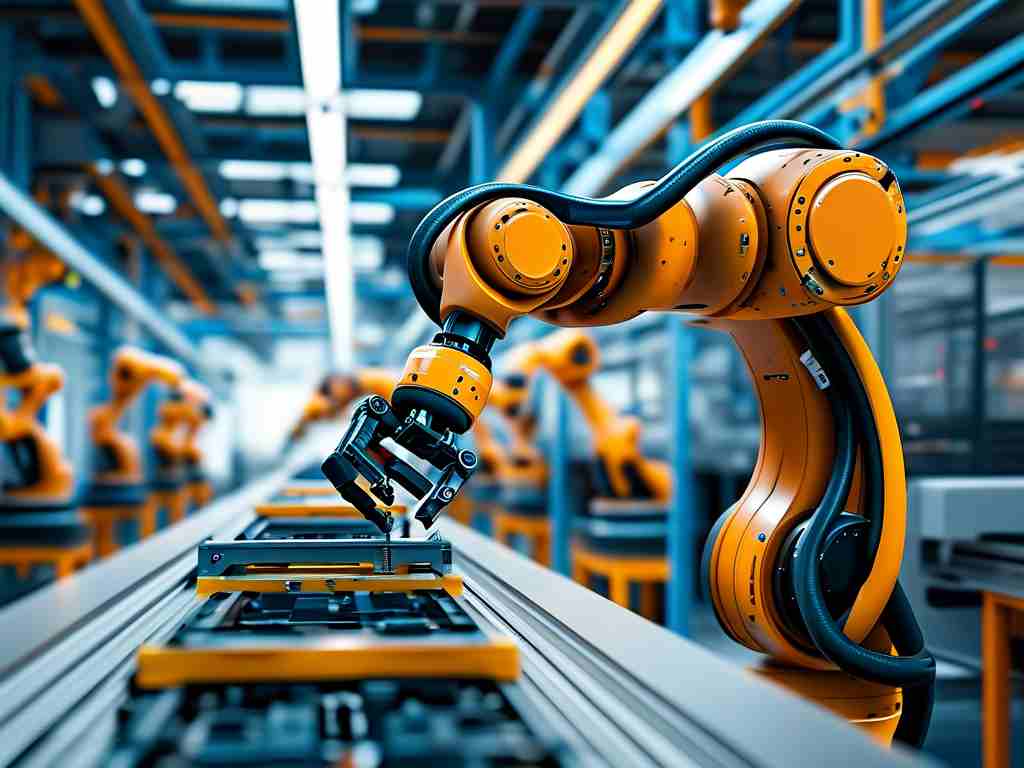The field of robotics has witnessed a remarkable leap forward with recent breakthroughs in humanoid robot joint technology, fundamentally transforming how these machines mimic human movements. Humanoid robots, designed to resemble and function like humans, have long faced significant hurdles in achieving fluid, natural motion due to the complexities of joint mechanics. Joints serve as the critical pivot points enabling actions such as walking, grasping, and balancing, yet traditional systems often suffered from limitations like restricted range of motion, excessive energy consumption, and rapid wear and tear. For instance, early models relied heavily on rigid, motor-driven components that could not adapt to dynamic environments, leading to jerky, inefficient performances in real-world scenarios such as disaster response or elderly care.
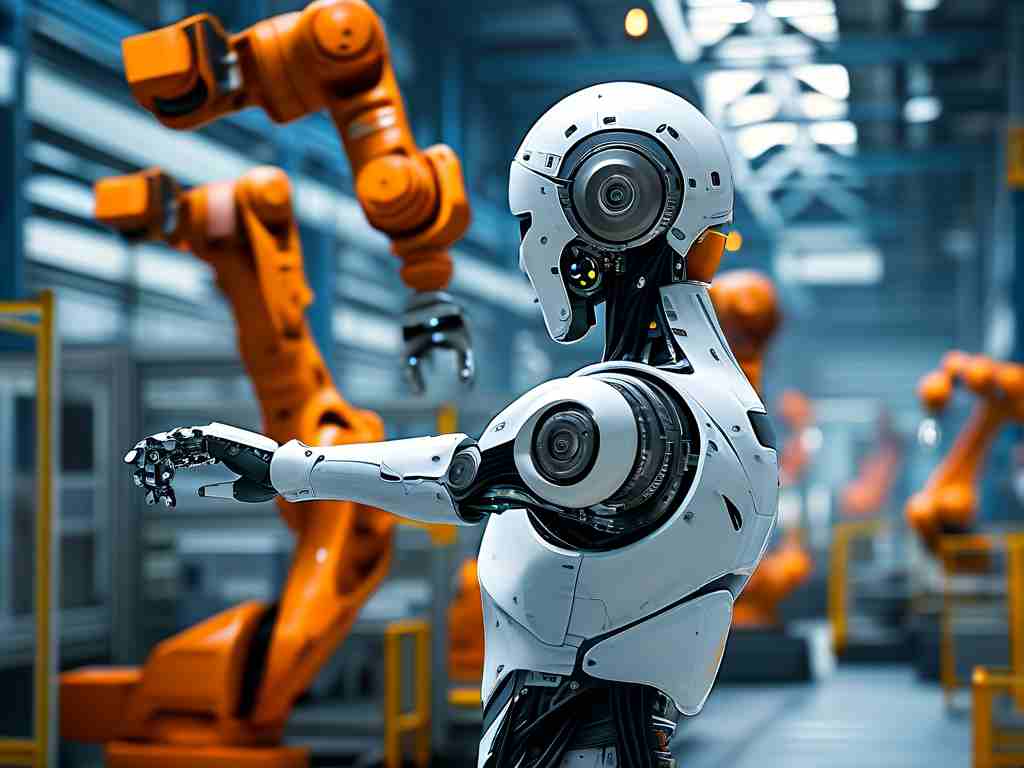
However, a wave of innovation has emerged, spearheaded by advancements in materials science and artificial intelligence, which are now overcoming these barriers. One key breakthrough involves the development of bio-inspired flexible joints using novel composite materials like shape-memory alloys and carbon nanotubes. These materials allow joints to bend and twist with unprecedented elasticity, much like human tendons, while maintaining durability under stress. In parallel, AI algorithms have been integrated to optimize joint control through real-time sensor feedback, enabling robots to adjust their movements autonomously based on terrain or obstacles. For example, recent prototypes from leading labs have demonstrated smooth, energy-efficient gaits on uneven surfaces, reducing power usage by up to 40% compared to older models. This synergy of hardware and software not only enhances dexterity but also minimizes the risk of mechanical failures, a common setback in high-stakes applications.
Moreover, the implications of these joint technology advancements extend far beyond laboratory demonstrations, promising profound impacts across various sectors. In healthcare, robots equipped with these refined joints can now perform delicate surgical procedures or assist patients with mobility issues, offering precise, tremor-free motions that improve outcomes and safety. Industrial settings benefit from enhanced automation, where humanoid robots handle complex assembly tasks with human-like finesse, boosting productivity while reducing workplace injuries. Additionally, in search-and-rescue operations, these innovations enable robots to navigate collapsed structures with agility, saving lives in hazardous conditions. Despite these gains, challenges remain, such as scaling production costs and ensuring ethical AI integration, but ongoing research focuses on addressing these through collaborative global efforts.
Looking ahead, the future of humanoid robotics appears incredibly promising as joint technology continues to evolve. Innovations like self-healing materials and neural network-based predictive maintenance are on the horizon, potentially leading to robots that learn and adapt over time. Ultimately, these breakthroughs not only push the boundaries of what machines can achieve but also bring us closer to a world where robots seamlessly coexist with humans, enriching daily life through smarter, more responsive interactions. The journey from clunky prototypes to sophisticated partners underscores a pivotal shift in robotics, driven by relentless ingenuity in joint design.


